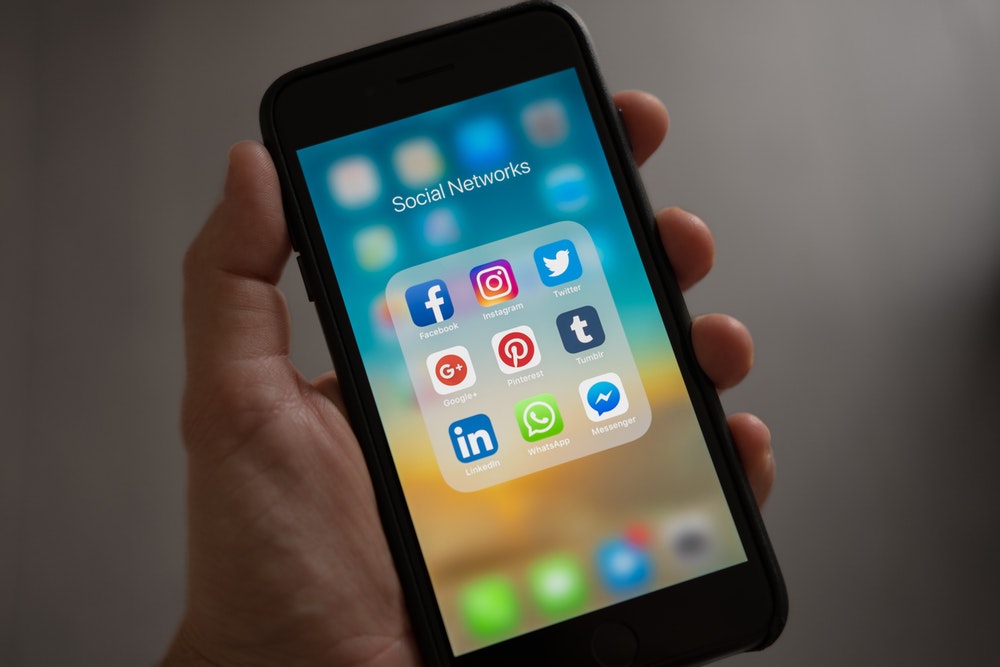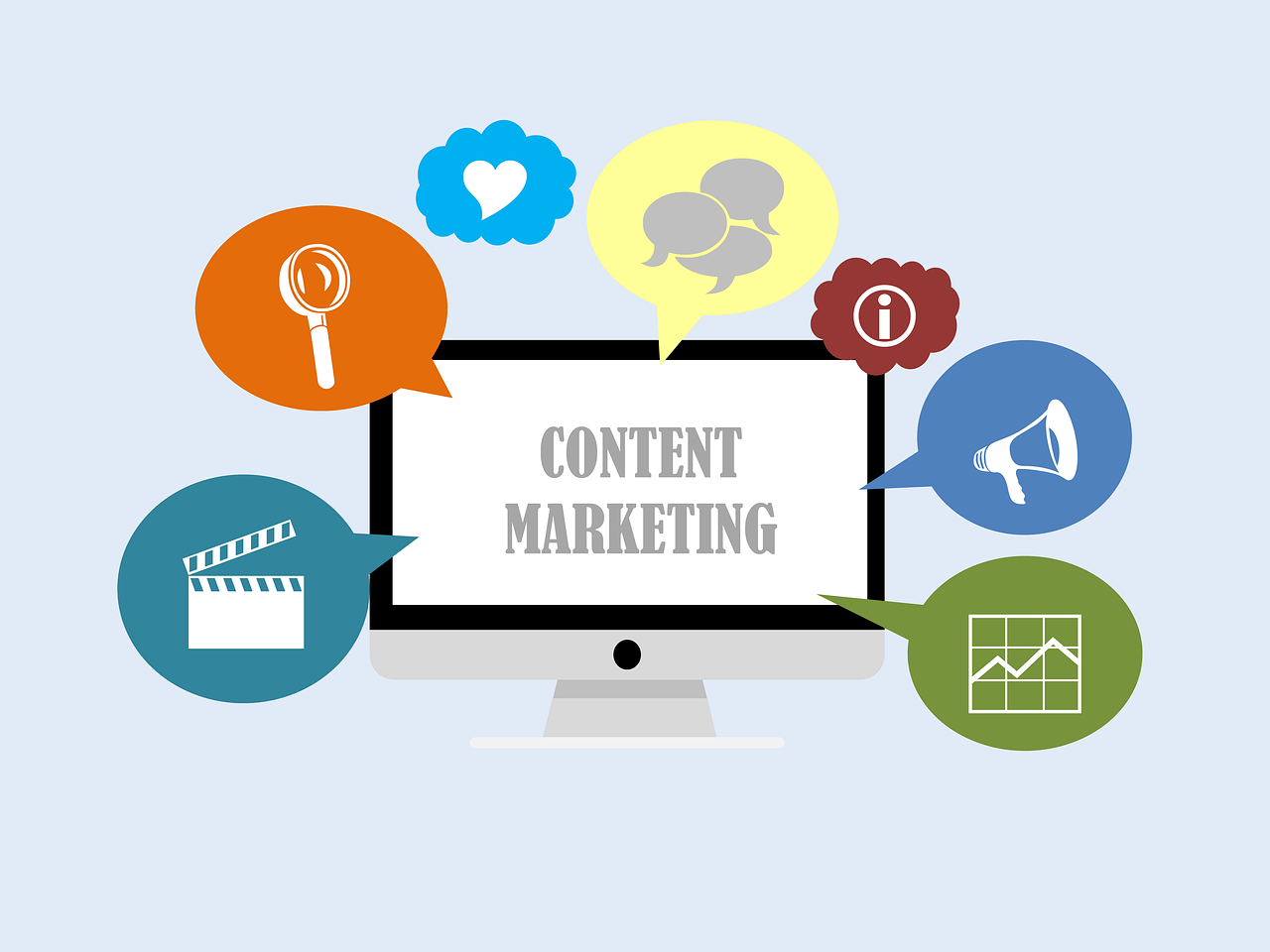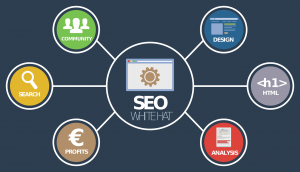
Internet and pop culture moves at the pace of Shinkansen and the content is the same. With speed comes the need for agility and adaptability for those companies who want to thrive in the digital world. They need to be able to keep pace with the changing digital and content landscape.
Wait! Wait! Did I jump the gun here? Oh, let me first tell you what’s the deal with my obsession with the content being ‘the’ marketing tool going forward.
Content consumption accounts for a large chunk of the daily internet usage of people. According to Statista, the average weekly time spent watching online videos worldwide was 19 hours in 2022. That is just videos alone.
Over 1.7 million pieces of content are shared on Facebook per minute while users stream 644,000 hours of video on YouTube every minute. This small snapshot shows how content consumption has become a major part of people’s daily activities. And marketers need to make use of such consumer habits to build brand presence and form connections with the audience to sustain in the future.
Abundant content on the internet

People search for and discover contents they like. With the Internet, there are no boundaries to what content people can consume. Your audience might consist of local Nepali people but those people have had a taste of content from around the world.
Creators like MrBeast with 163 million subscribers have mastered the art of engagement and content production. Nas Daily has been able to use Facebook to create an empire that spreads to 21 million followers just on Facebook alone.
Software company HubSpot has been able to use good content including posts, videos and blogs to garner over 300,000 subscribers on YouTube, over half a million followers on Instagram and more on all the different platforms. Hubspot even has its own free academy that teaches marketing, and customer service skills. It has helped Hubspot to be established as a brand that gives you immense value not just through its product but also through its content.
Nepali audiences have been privy to these types of creators and companies through the internet and they know what content can be useful and can achieve their goals. So, in the name of speed and going with the change, you cannot just fool audiences with random content chasing fads and trends.
With the taste of the content, comes a hunger for it. Although it might look challenging to impress consumers who have experienced global content, this should be looked at as an opportunity.
A Nepali consumer will relate more to content in a Nepali context rather than foreign ones even if they cover similar topics. So, if a company can be a first mover in creating content in its niche for Nepali audiences, it can reap the rewards of digital competitive advantage.
Land of opportunity for Nepali brands

Since Nepali brands have just scratched the surface of the content aspect of digital marketing, it is a land of opportunity for any and every brand looking to maximise their online repertoire.
Now, you might think why choose content marketing over traditional digital marketing like boosting and SEO?
Boosting and SEOs all have their place in the world of digital marketing, no doubt. But think about it this way, what product or service you are more likely to purchase: something that came as a sponsored ad on your feed or something you organically discovered?
People nowadays search for restaurants and place recommendations on Instagram and TikTok rather than on Google. This is a great indication for companies to become active on content-sharing platforms.
Let me back up this argument by sharing an anecdote. In a conversation with the owner of one of the brands that we worked with at Viewfinders, the owner shared that the sales from 1 million organic views surpass the sales from 1 million paid views by about a hundred times.
We, ourselves have encountered this many times while working with clients at Viewfinders Productions. Organic connection with the audience through value-driven and engaging content goes a long way over inorganic exposure.
Now coming to how a company needs to approach content creation, a mantra can come in very handy to create a roadmap in that journey — Content is king, context is kingdom and distribution is god.
You might have heard the first phrase content is king a lot. Organic connections developed through engaging and long-term value-providing content go far in establishing a brand in the cultural zeitgeist.
Context is the market or niche that you are in, where your company wants to operate in. Finding the right content for the right audience is your step towards getting your content strategy spot on.
What most companies and creators overlook is the distribution aspect of the content. Distribution is god as it is the reason a brand can have omnipresent online. A distribution plan makes good content successful. Good content on its own will not be effective unless there is a good distribution plan accompanying it.
With the availability of social media and video platforms, brands do not need to rely on traditional media for distribution. A company can maintain and manage its own distribution channel devoid of traditional media and agency dependencies.
While creating and distributing content, a brand also needs to be aware of detaching its traditional media strategy from its online content strategy. The brands that use the same strategy for both need to understand that audience and the reason for the use of all forms of media is different. A brand must distinguish its content strategy based on the platform and media they are creating for.
Moreover, to compete in the content market, expertise in all aspects of content production is necessary. Companies that have built expertise in content and distribution can capitalise and gain early access to the exposure that creating content provides. Alternatively, companies that can provide expert services in content creation and distribution also have great advantages in this ever-evolving digital landscape.
Once again, content marketing is going to rule digital marketing activities. Companies and brands ought to bow down to the future king of digital marketing. But as I said, the future is now.






















